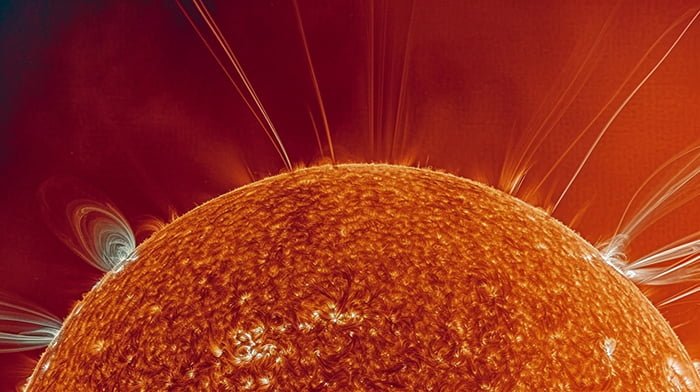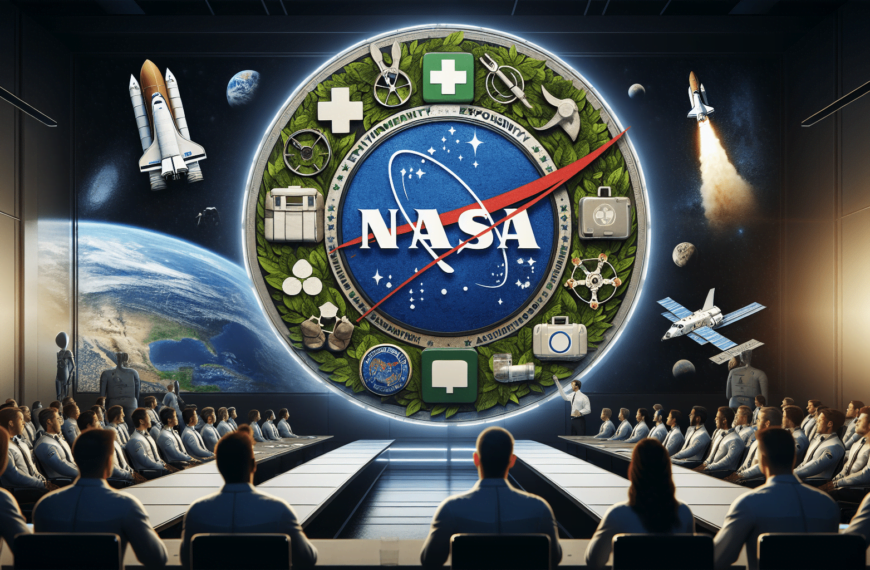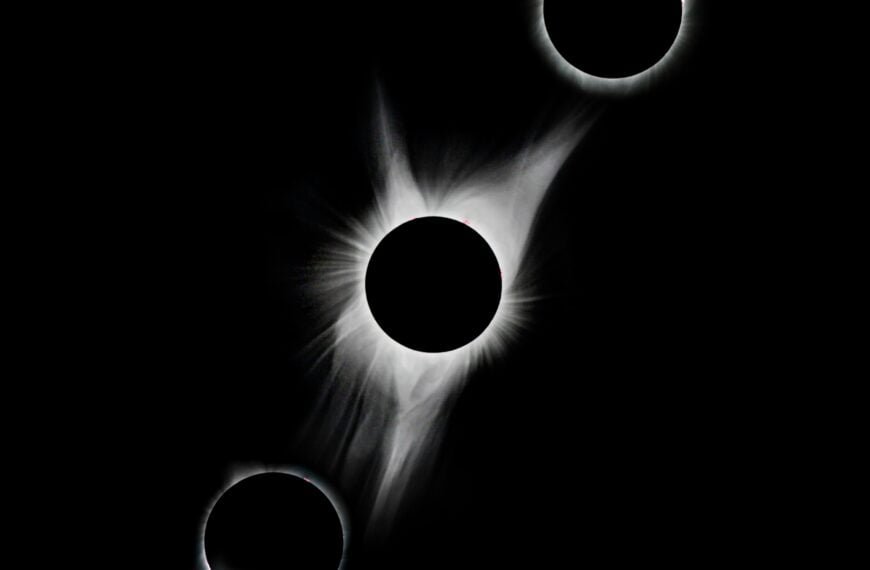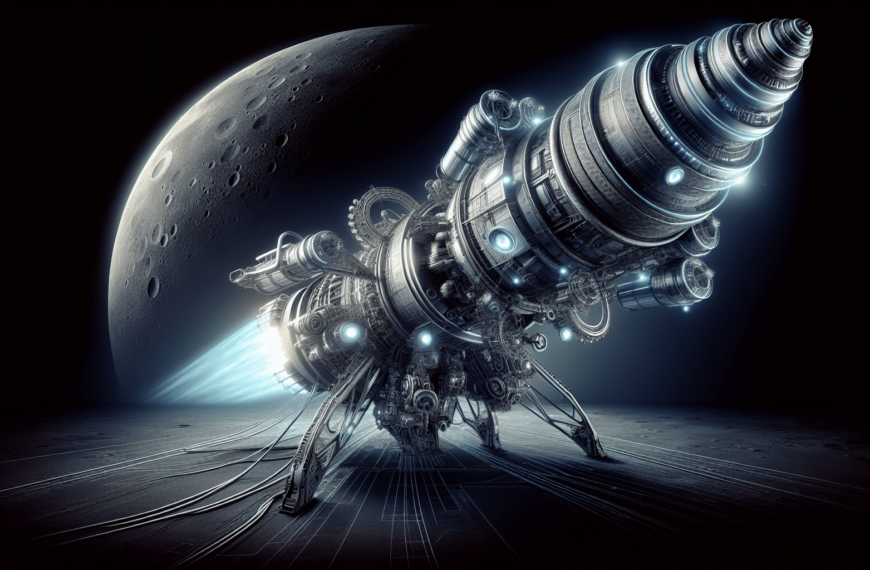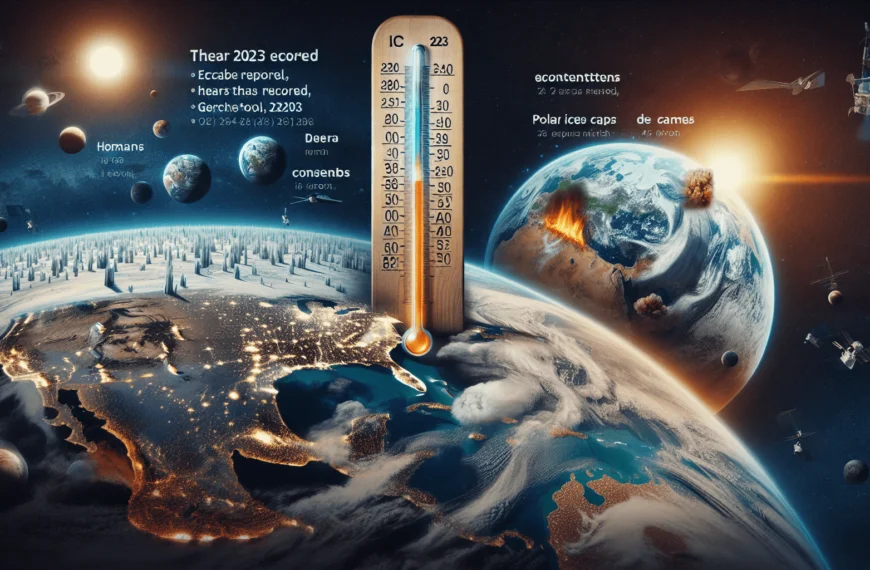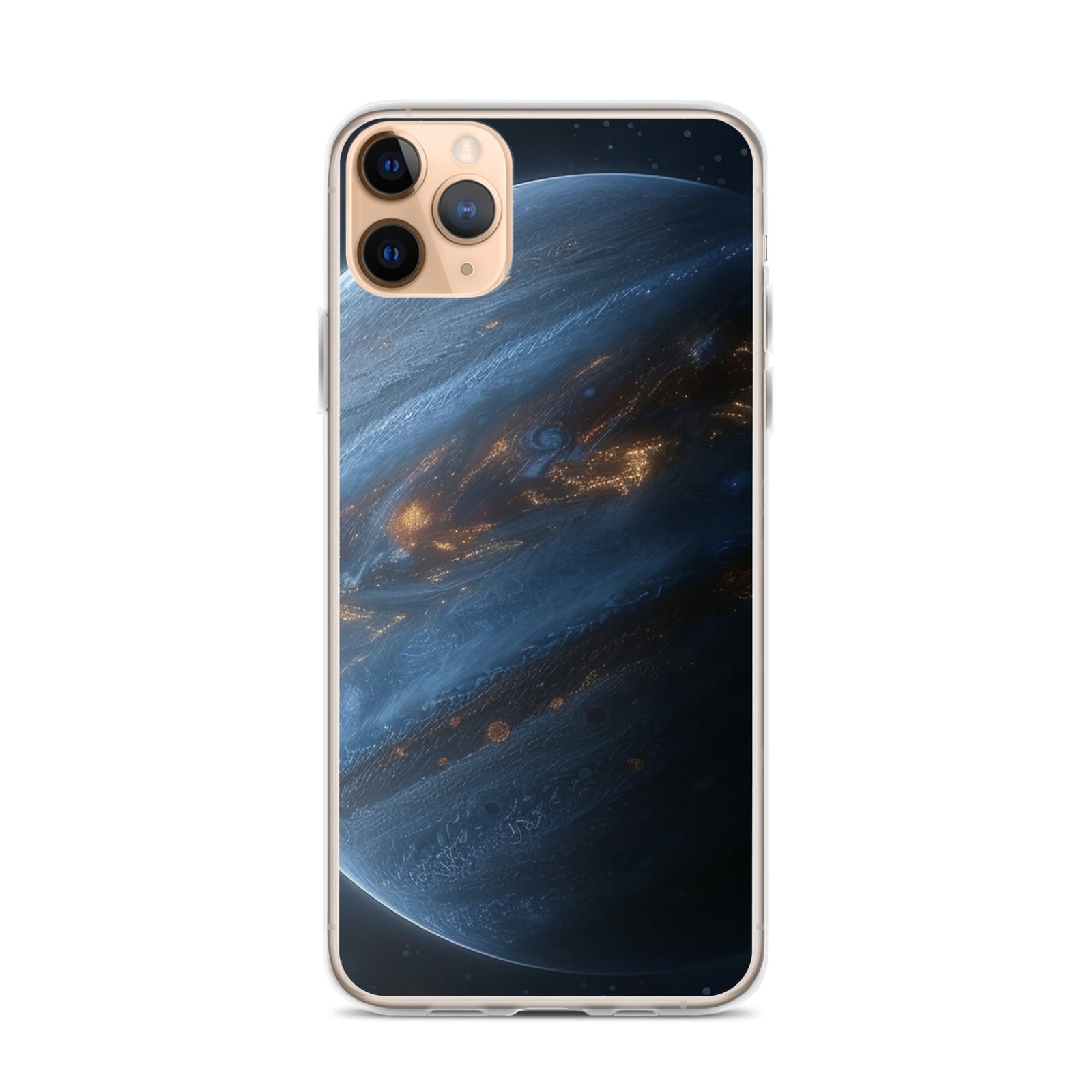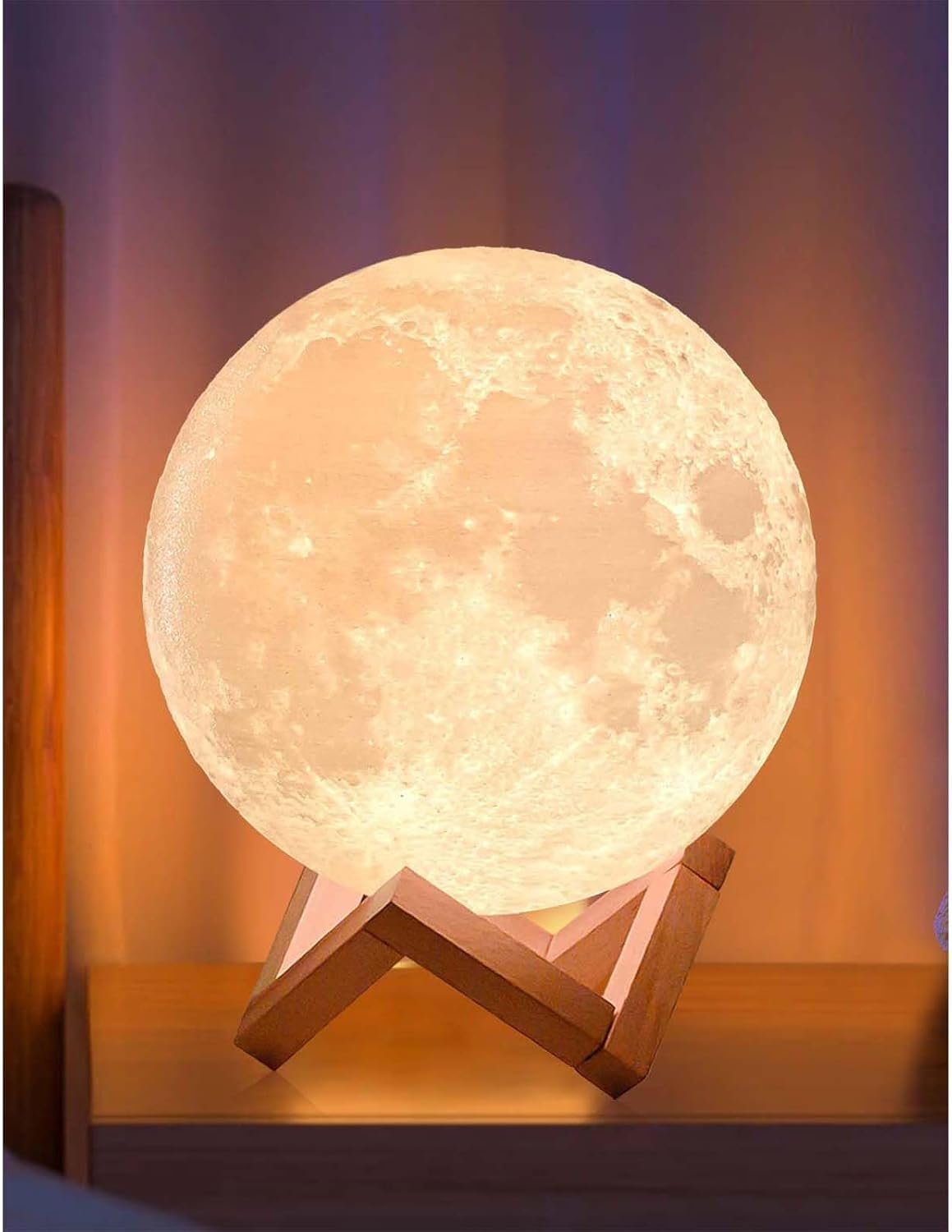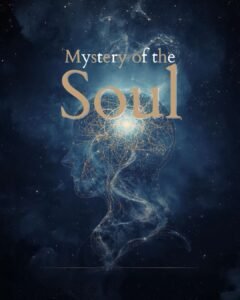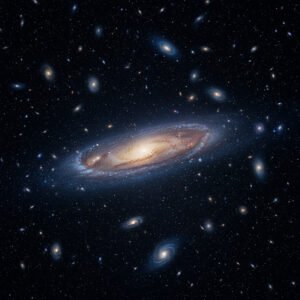Imagine being able to uncover the secrets of the universe’s earliest epochs, the Cosmic Dawn, and understand the formation of the first stars. Thanks to the groundbreaking work of the NenuFAR Cosmic Dawn project, this dream is becoming a reality. Using the state-of-the-art NenuFAR Radio Telescope located in France, researchers have recently made significant strides in their exploration of the Cosmic Dawn. By establishing upper limits on the amplitude of neutral hydrogen fluctuations at 21 cm, they have advanced our understanding of the conditions surrounding the birth of the universe’s first stars. It’s an exciting journey that promises to bring us closer to unraveling the mysteries of our universe’s formative years.
Overview of NenuFAR Radio Telescope
The NenuFAR Cosmic Dawn project, an important initiative dedicated to unraveling the mysteries of the universe’s earliest epochs, has recently achieved a significant milestone in its exploration of the Cosmic Dawn. This period, critical to our understanding of the universe, marks the formation of the first stars. Utilizing the capabilities of the NenuFAR radio telescope, researchers have established an upper limit on the amplitude of neutral hydrogen fluctuations at 21 cm from this distant time, advancing our comprehension of the conditions surrounding the formation of these primordial stars.
Located at the Nancay Radioastronomy Observatory in France, the NenuFAR (New Extension in Nancay Upgrading LOFAR) is a state-of-the-art low-frequency radio interferometer. It stands out for its large collecting surface, which grants it exceptional sensitivity in observing the 21 cm signal emanating from the Cosmic Dawn. This signal, arising from the 21cm transition line of neutral hydrogen, is pivotal in studying the early universe, approximately 180 million years post-Big Bang.
Understanding the Cosmic Dawn
The Cosmic Dawn refers to the period in the history of the universe when the first stars began to form. It marks a crucial epoch in cosmic evolution and holds valuable information about the conditions of the early universe. By studying the Cosmic Dawn, scientists can gain insights into the formation and evolution of galaxies, as well as the processes that shaped the universe as we know it.
Studying the Cosmic Dawn is of great importance as it allows us to unravel the mysteries of the universe’s origins and deepen our understanding of its fundamental processes. It provides a window into a time when the universe was in its infancy and allows us to explore the conditions that led to the formation of the first stars, galaxies, and other celestial structures.
The formation of the first stars is a critical event in the history of the universe. These primordial stars played a crucial role in shaping the cosmic landscape and paved the way for the formation of galaxies and the complex structures we see today. Understanding the formation of the first stars can provide valuable insights into the processes that shape our universe.

Role of NenuFAR Radio Telescope
The NenuFAR radio telescope plays a crucial role in advancing our understanding of the Cosmic Dawn. Its exceptional sensitivity and large collecting surface allow researchers to observe and study the 21 cm signal emanating from this distant time. By analyzing the fluctuations in neutral hydrogen at this wavelength, scientists can delve deeper into the conditions that led to the formation of the first stars and gain valuable insights into the early universe.
The 21 cm signal is of great significance in the study of the Cosmic Dawn. This signal arises from the 21cm transition line of neutral hydrogen and carries valuable information about the early universe. By carefully analyzing the fluctuations in the 21 cm signal, researchers can uncover the conditions that led to the formation of the first stars and galaxies.
The study of neutral hydrogen fluctuations is a key area of research in understanding the Cosmic Dawn. By observing and analyzing the fluctuations in neutral hydrogen at different scales, researchers can gain insights into the processes that shaped the early universe. The NenuFAR radio telescope, with its exceptional sensitivity and advanced capabilities, allows scientists to study these fluctuations in great detail and further our understanding of the universe’s formative years.
Findings from the Recent Study
The recent study conducted with the NenuFAR radio telescope focused on observing the North Celestial Pole deep field. This study provided valuable insights into the fluctuations of the 21 cm transition line from neutral hydrogen during the Cosmic Dawn. By carefully analyzing the data captured during this observation, researchers were able to establish upper limits on the amplitude of these fluctuations, advancing our understanding of the conditions surrounding the formation of the first stars.
The observation of the North Celestial Pole deep field provided researchers with a unique glimpse into the early universe. By studying this region of the sky, scientists were able to capture valuable data about the fluctuations in the 21 cm transition line from neutral hydrogen. This data helps us understand the conditions that led to the formation of the first stars and sheds light on the early stages of cosmic evolution.
Establishing upper limits on the fluctuations of the 21 cm transition line is a significant achievement. These upper limits provide valuable constraints on the amplitude of the fluctuations during the Cosmic Dawn and deepen our understanding of the conditions that shaped the early universe. This knowledge is crucial in unraveling the mysteries of the Cosmic Dawn and advancing our understanding of the universe’s origins.

Challenges in Observing the Cosmic Dawn
Observing the Cosmic Dawn is not without its challenges. The weak signals from this distant time are overshadowed by interferences from our galaxy and other celestial sources. These interferences make it difficult to isolate and study the 21 cm signal emanating from the Cosmic Dawn. Overcoming these challenges requires the implementation of advanced techniques and innovative approaches to isolate and analyze the weak signal.
The interferences from our galaxy and other celestial sources pose a significant challenge in observing the Cosmic Dawn. These interferences can overshadow the weak signals from this distant time, making it difficult to capture and analyze the 21 cm signal. To overcome this challenge, researchers must develop advanced techniques to isolate and filter out the unwanted signals, allowing them to focus on the signal of interest.
The weak signals from the Cosmic Dawn also present a challenge in their own right. These signals are faint and can easily be lost in the background noise. To overcome this challenge, the NenuFAR radio telescope employs advanced techniques to enhance the sensitivity and capture these weak signals. The combination of a large collecting surface and cutting-edge technology allows researchers to overcome the challenges posed by weak signals and delve deeper into the mysteries of the Cosmic Dawn.
Advanced techniques are employed to isolate and analyze the 21 cm signal from the Cosmic Dawn. These techniques involve filtering out unwanted interferences and enhancing the sensitivity of the radio telescope to capture the weak signals. By developing and implementing these advanced techniques, researchers can overcome the challenges in observing the Cosmic Dawn and gain valuable insights into the early universe.
Ongoing Efforts to Understand the Cosmic Dawn
The journey to fully understand the Cosmic Dawn is an ongoing process. Researchers continue to analyze and refine their observational methods to capture and study the faint signals from this distant time. By continuously improving their techniques and equipment, scientists aim to directly capture the Cosmic Dawn and open new windows into the formative years of the universe.
Continued analysis and refinement of observational methods are crucial in advancing our understanding of the Cosmic Dawn. By fine-tuning their techniques, researchers can improve the accuracy and sensitivity of their observations, allowing for more detailed and precise studies of the early universe. This continuous refinement allows scientists to gather more data and insights, bringing us closer to a comprehensive understanding of the Cosmic Dawn.
The ultimate goal of researchers studying the Cosmic Dawn is to directly capture this pivotal period in the universe’s history. By capturing the Cosmic Dawn, scientists can gain unprecedented insights into the conditions, processes, and events that shaped our universe. This ambitious goal drives ongoing research and exploration, pushing the boundaries of our knowledge and bringing us closer to understanding the origins of the universe.
Ongoing efforts to uncover the secrets of the Cosmic Dawn are opening up new avenues of exploration and research. By studying this pivotal period in the universe’s history, scientists are not only enhancing our understanding of astrophysics but also gaining valuable insights into the fundamental nature of the cosmos. These efforts are expanding our knowledge of the universe’s formative years and deepening our appreciation for its remarkable origins.

Implications of the NenuFAR Project
The NenuFAR project has made significant contributions to the field of astrophysics. By utilizing the exceptional capabilities of the NenuFAR radio telescope, researchers have advanced our understanding of the Cosmic Dawn and the formation of the universe’s first stars. This project has shed light on the enigmatic early phases of cosmic evolution and provided valuable insights into the conditions that shaped our universe.
Radio astronomy, as exemplified by the NenuFAR project, offers innovative capabilities in probing the universe’s most distant and formative periods. The use of low-frequency radio interferometry allows researchers to capture and study signals from the early universe that are inaccessible to other astronomical techniques. This innovative approach provides a unique and valuable perspective on the universe’s origins.
The advancements and discoveries made possible by the NenuFAR project have contributed to a deeper and more comprehensive understanding of the genesis of the cosmos. By studying the Cosmic Dawn and the formation of the first stars, researchers have gained insights into the fundamental processes that shaped our universe. These discoveries have profound implications for our understanding of the universe’s origins and its ongoing evolution.
Future Directions of the NenuFAR Project
The NenuFAR project holds great promise for shedding more light on the Cosmic Dawn and deepening our understanding of the universe’s origins. As technology advances and observational methods continue to improve, the NenuFAR radio telescope will play a crucial role in expanding our knowledge of the early universe. Future directions of the project include further exploration and research to uncover new insights and discoveries.
The NenuFAR project will continue its exploration and research into the Cosmic Dawn, pushing the boundaries of our understanding of the universe’s formative years. By capturing more data, refining analysis techniques, and expanding observational capabilities, researchers aim to unravel the mysteries of the early universe and bring us closer to a comprehensive understanding of the Cosmos.
The ongoing efforts of the NenuFAR project are bringing us closer to understanding the universe’s origins. By continuously exploring and researching the Cosmic Dawn, scientists can uncover new insights and discoveries that will revolutionize our understanding of the early universe. These future directions of the project hold immense potential for advancing our knowledge and deepening our appreciation of the cosmos.
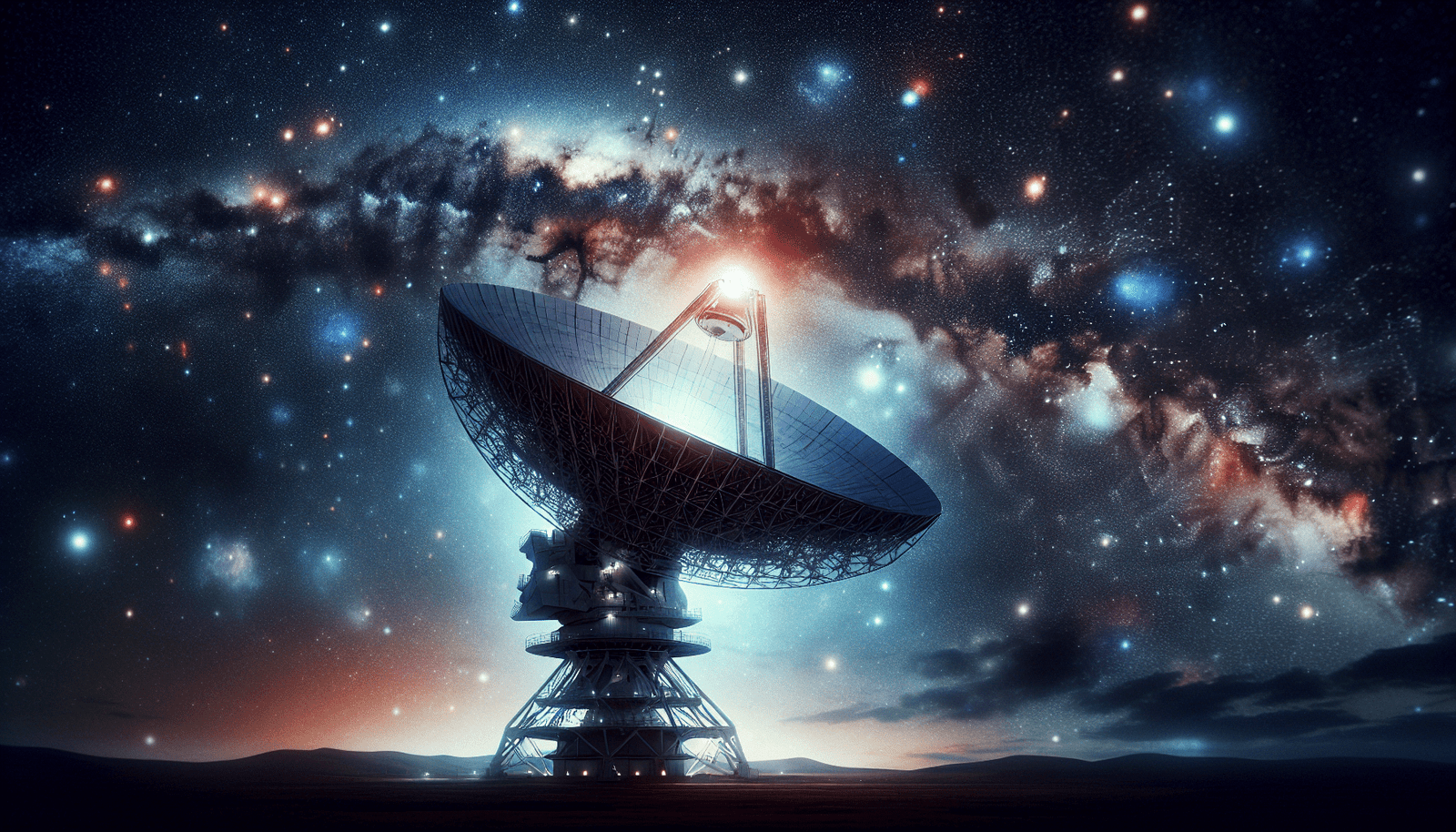
Related Research Report
For those interested in delving further into the subject of the NenuFAR Cosmic Dawn project, a research report is available. Titled “First upper limits on the 21-cm signal power spectrum from the Cosmic Dawn from one night of observations with NenuFAR,” the report provides detailed information and analysis of the project’s recent study. This report serves as a valuable resource for anyone seeking a deeper understanding of the NenuFAR project and its implications for our understanding of the universe’s origins.
Conclusion
In conclusion, the NenuFAR Radio Telescope is a groundbreaking project that sheds light on the formation of the universe’s first stars during the Cosmic Dawn. By utilizing its exceptional capabilities, the NenuFAR radio telescope contributes to our understanding of the early universe and the processes that shaped it. The recent study conducted with the NenuFAR telescope provided valuable insights into the fluctuations of the 21 cm transition line from neutral hydrogen, furthering our comprehension of the conditions surrounding the formation of the first stars.
Despite the challenges involved in observing the Cosmic Dawn, the NenuFAR project continues to make significant progress. Ongoing efforts to refine observational methods and capture the Cosmic Dawn directly drive the project forward. The discoveries made possible by the NenuFAR project have profound implications for astrophysics and our understanding of the universe’s origins.
As we continue to explore the mysteries of the early universe, we encourage researchers to pursue further research and exploration. The NenuFAR project serves as a testament to the power of human curiosity and scientific inquiry. By deepening our knowledge of the Cosmic Dawn, we gain a greater appreciation for the remarkable origins of the universe and our place within it.
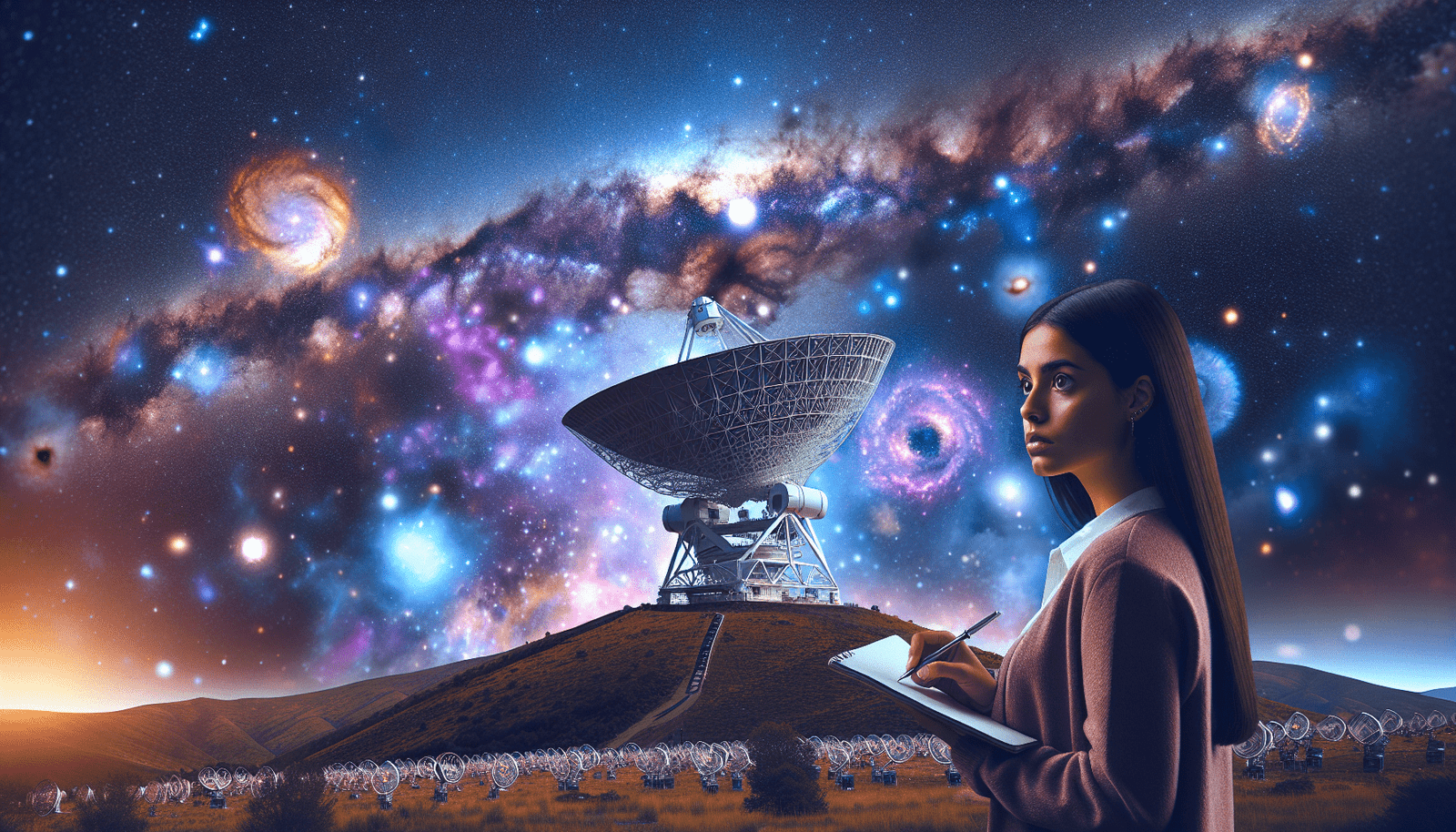
Unveiling the Mysteries of the Cosmic Dawn with NenuFAR Radio Telescope
As the author of this article, I am fascinated by the groundbreaking work of the NenuFAR Cosmic Dawn project. The ability to explore the Cosmic Dawn and understand the formation of the first stars is truly captivating. The main message conveyed in this article is the significant progress made by researchers in studying the early universe through the NenuFAR Radio Telescope.
Benefits of Reading This Article:
- Gain insights into the Cosmic Dawn and the formation of the first stars.
- Understand the pivotal role of the NenuFAR Radio Telescope in advancing our knowledge of the early universe.
- Appreciate the challenges and ongoing efforts in observing the Cosmic Dawn.
Main Message of This Article: The NenuFAR project, with its state-of-the-art capabilities, has provided valuable insights into the conditions surrounding the birth of the universe’s first stars. By establishing upper limits on neutral hydrogen fluctuations at 21 cm, researchers have advanced our understanding of the Cosmic Dawn, bringing us closer to unraveling the mysteries of the universe’s formative years.




